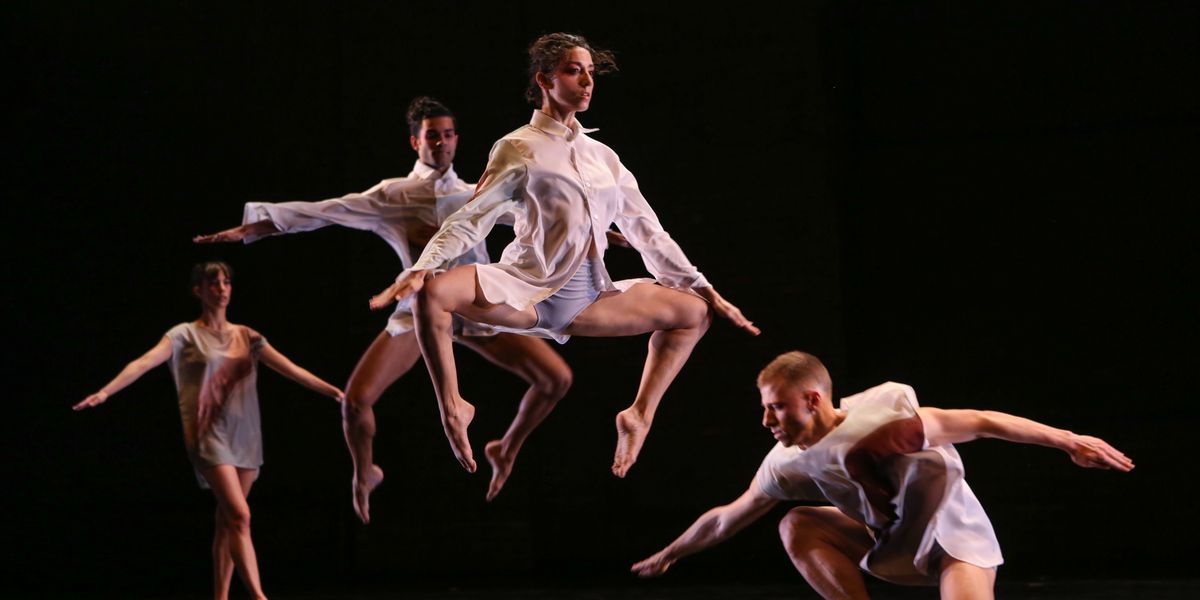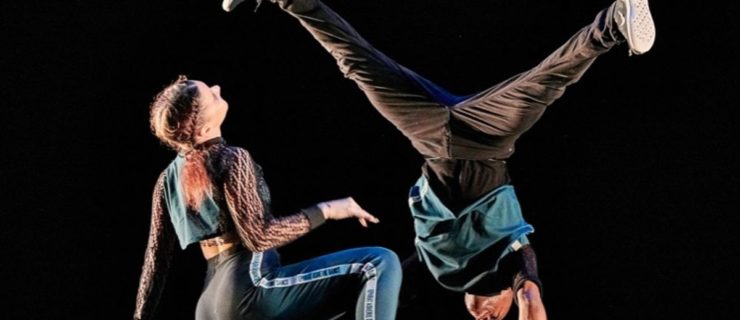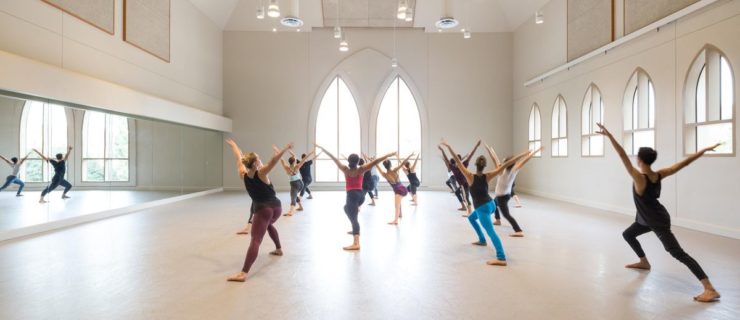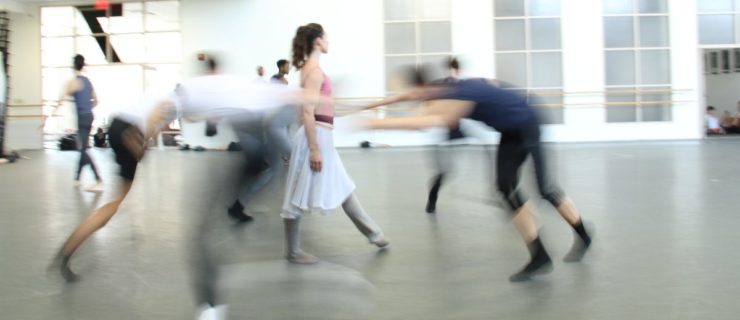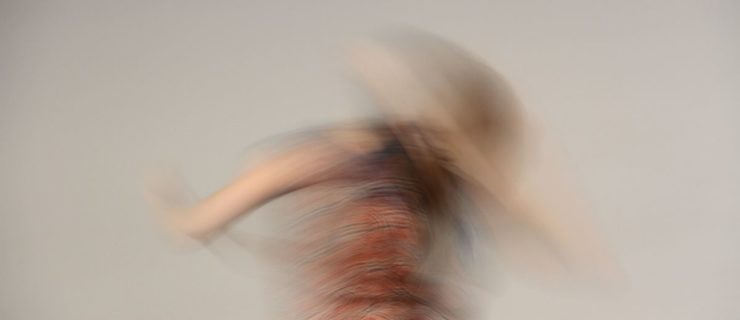In The Studio: Stephen Petronio On Finding Joy in The Unknown
For the past 3 years, choreographer Stephen Petronio has been reviving groundbreaking works of postmodern dance through his BLOODLINES project. This season, although his company will be performing a work by Merce Cunningham, his own choreography moves in a more luxurious direction. We stepped into the studio with Petronio and his dancers where they were busy creating a new work, Hardness 10, named for the categorization of diamonds.
What is typically the jumping off point when you begin creating a new work?
It varies every time. It’s usually a word or a phrase. In this case I was in discussion with a diamond company about making a work because I’ve always thought diamonds were so seductive. I became interested in the process of going from something as dirty and amorphous as coal, to something compact and brilliant like a diamond. Even when the stone is hard in its raw state it’s very unremarkable, and then it gets faceted and becomes this thing of elusive beauty. So I thought that was an interesting path to follow in making a new work.
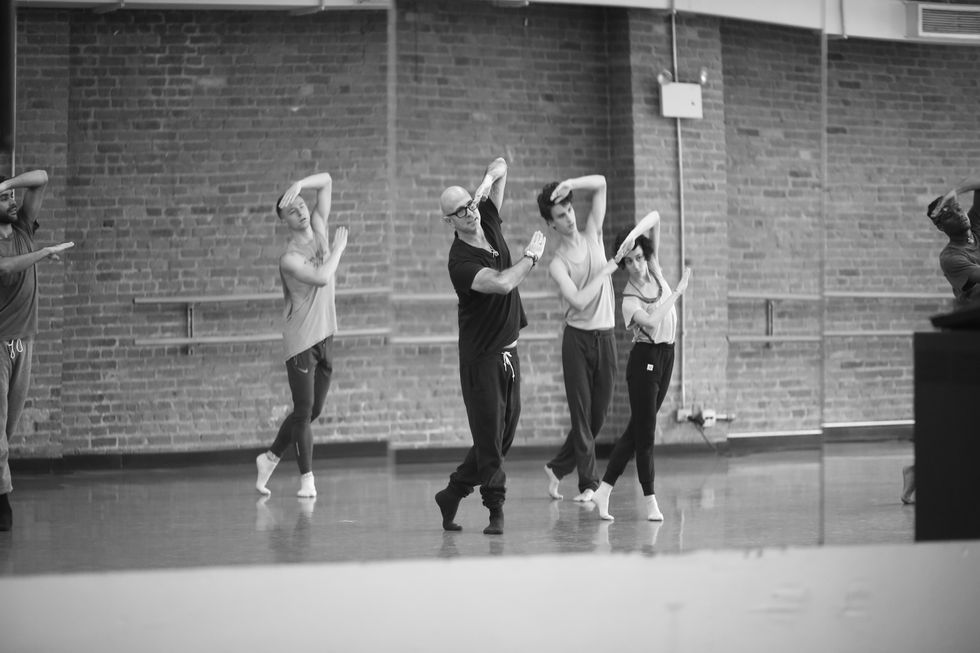
Photo by Paula Court of Stephen Petronio Company rehearsing Hardness 10
I heard you say that Yvonne Rainer opened a door for you because she encouraged you to inquire in a way that was important to you. Is that something you try to encourage with your dancers?
I try to frame my questions in a way that there is a balance between what I know is going to yield something of interest and what I don’t understand about what it will yield. I like to excite my dancers. I can see when there’s a good problem on the floor and if they’re excited or not. Having an engaged dancer solving a problem with me—nothing is more exciting. You can drag a dancer through a problem but it’s much more fun if everyone is galloping towards some unknown goal.

Photo by Paula Court of Stephen Petronio Company rehearsing Hardness 10
When you do come across a problem how do you keep moving forward?
More often than not when something is not working I leave it, and when we come back the next day it somehow has worked itself out. The one thing I’ve learned is there’s no real prescription for making a dance and you really need to listen to the problem at hand and how the dancers are solving it.
